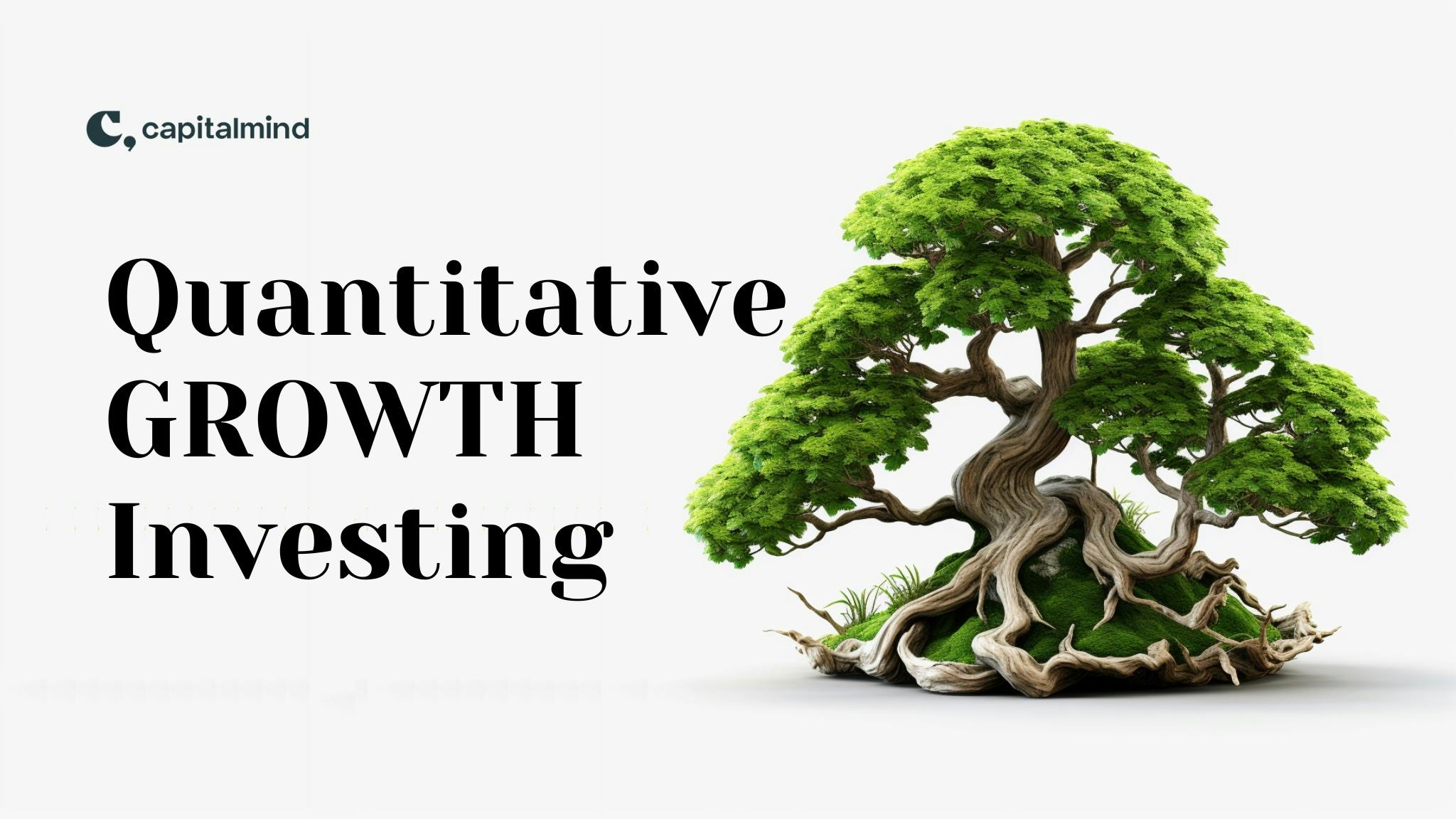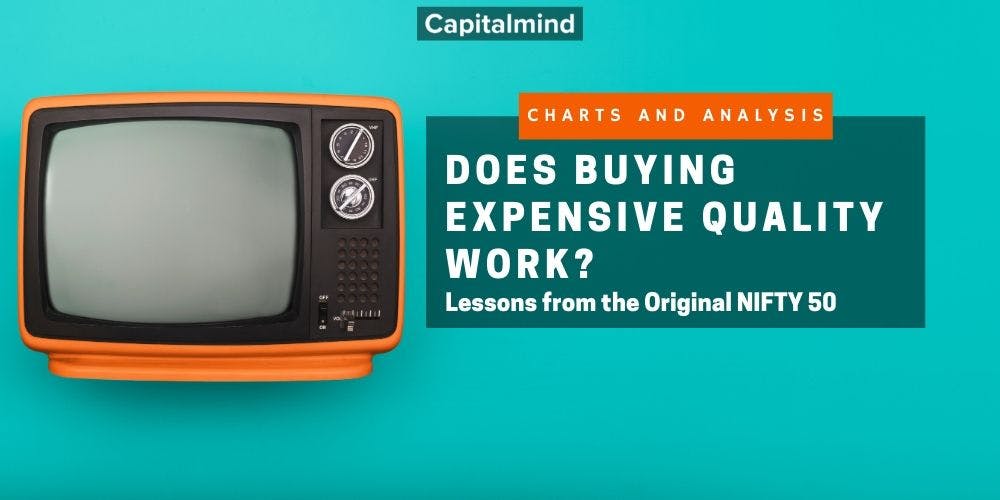(category)Deepak's Memos
Elections and Volatility. What now for investors?Elections and Volatility. What now for investors?
Deepak Shenoy•

The “Too-long-didn’t-read” version: Stay invested, nothing major has changed for the economics.
The long-enough-to-read version:
The core issue
- The NDA government got fewer seats than earlier estimated, but it’s still a majority
- BJP didn’t get a majority by itself
- So it has to take help from allies, who won the states of Bihar and Andhra Pradesh
- Does the combination of these mean a bad time for equity investors?
Addressing the Five Fears
Fear 1: All the reforms of the past years are gone because of no majority
- It’s the same government that will come, just will have a few allies
- The allies - both of them - are quite pro-reform and economically focused
- Very unlikely that any changes in spending in infrastructure, railways, defence, PLI etc, will be reversed or changed
- The communication so far is: things continue as planned
Fear 2: They will spend on subsidies and reduce spending on other areas because the elections have shown rural distress
- Bihar is as rural as it gets and it voted for this government, and the seriously urban Mumbai did not, so it’s not likely to be rural distress
- Did you know that in the last five years, we have had very high levels of subsidies, and still, markets have been up overall? There is no correlation between subsidies and equity market performance

- Even if the subsidies were to go up, especially to the states of AP and Bihar, the impact on government spending in other areas might not be meaningful.
- The 10-year government yield, which would usually reflect a fear of such high subsidies (since the government will have to borrow more), has only moved up about 0.06% to 7.04%. This is not meaningfully high as a change.
- The 1st budget will tell us whether there is a meaningful shift and a need to reposition the portfolio.
Fear 3: This government will not be stable as the allies could drop support at any time
- Yes, but we’ve had several coalitions that worked over the years
- In the current alliance, there seem to be no major differences in the core areas: infra, self-sufficiency in defence/railways, PLI etc.
- The agenda forward will be primarily economic, where key allies agree since other politically divisive areas will not be acceptable to all parties.
Fear 4: Coalitions mean bad times for markets
- Not necessarily. Because elections have short-term effects while fundamentals determine long-term trends.
- Returns have come even in times of high political uncertainty. The table shows overall market returns after the last seven elections, five of which were coalition governments. Note how after the initial 1-3 months, returns were driven primarily by external macros, like the Asian currency crisis in 1997.

Fear 5: India is overvalued
- Indian markets are not cheap barring some exceptions. But India has not been cheap for a while. In June 2023, the CIO of India’s largest mutual fund called the markets overvalued. The Nifty is up more than 17% from that “overvalued” level, in about a year. (Read)
- As investors, we need to keep our eyes on earnings growth, which looks robust. Table shows earnings growth of the CNX500 companies

Does this mean there is no risk at all?
There’s always risk. All the bad things can still be ahead of us. Don’t throw all caution out of the window.
What does it mean for your investments?
Surge India Portfolio
- The themes in the Surge India portfolio remain valid, so it’s business as usual where stocks that have fundamental headwinds will be pruned to be replaced by others.
- The new government’s 1st budget, likely in late July, will signal whether the theme is continuity or if there is a shift in priorities. If the latter, we’ll rejig the portfolio accordingly.
Adaptive Momentum portfolio
- Coming out of election results week, the portfolio mostly holds large caps with decent PSU allocation, which took a hit on June 4. Since then, most of those have shown strong recovery. That said, things might well be volatile for a while. History tells us that offers opportunities for strong returns.
- We looked back over the lifetime of the Adaptive Momentum portfolio. Since the portfolio has not seen many steep drawdowns in its live tenure, we included the backtest up to 2007. The chart visually shows the points where the portfolio saw drawdowns of varying intensity and the corresponding median annualised returns from investing at those points.
- Investing during times of corrections in Adaptive Momentum delivers strong returns. Table below summarises the information and adds the worst and best annualised return from investing at drawdowns.


Resilient portfolio
- Resilient recently underwent a transformation, moving from a single-factor strategy to a multi-factor one that combines profitability, price trends, and lower price volatility.
- Like Adaptive Momentum, it’ll continue to apply the quantitative rules to shift to stocks scoring higher on the defined factor.
Our recommendations in a nutshell
- If invested, stay invested—don’t change the allocation. If you are newly invested, it is even more important to stay the course.
- Continue SIPs - consider increasing them if they’ve been the same for a year or more
- Heightened volatility over the next few months might be a trigger to accelerate STPs from debt to equity investments or topping up existing investments.
Finally, India’s growth momentum is beyond just politics
- India’s story is one of an economic powerhouse, not because we live here and love our flag.
- Don’t confuse patriotism with investing. The point is to make great returns, not to wax eloquent about how we’ll survive because we’re India.
- Having said that, India’s growth momentum is strong enough to override political barriers. Our companies have thrived regardless of the government in power. Don’t let politics blind you to that.
Happy investing!
Anoop and Deepak
🎯 Talk to a Capitalmind Client Adviser to get started and invest with Capitalmind PMS 👉🏽 Fill in the form to get started today
Related Posts
Make your money work as hard as you do.
Talk to a Capitalmind Client AdvisorInvesting is not one size fits all
Learn more about our distinct investment strategies and how they fit into your portfolio.
Learn more about our portfoliosUnlock your wealth potential
Start your journey today



